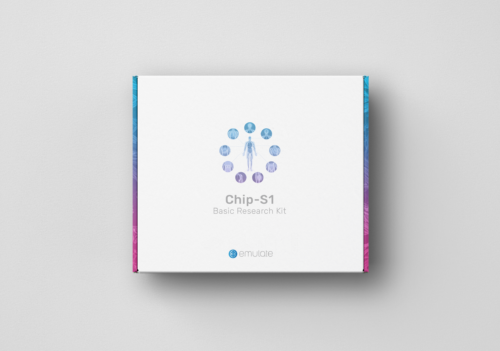Organ Model: Cervix
Application: Microbiome
To learn more about these findings, view our webinar “Organ-Chips 201: The Importance of Flow, Stretch, and Stroma for in vitro Modeling”.
How Organ-Chips Were Used: The Chip-S1 Organ-Chip consumable was used to create human Cervix-Chips, which represent physiologically relevant in vitro models to study cervix physiology and host-microbiome interactions, and hence may be used as a preclinical testbed for the development of therapeutic interventions to enhance women’s health.



